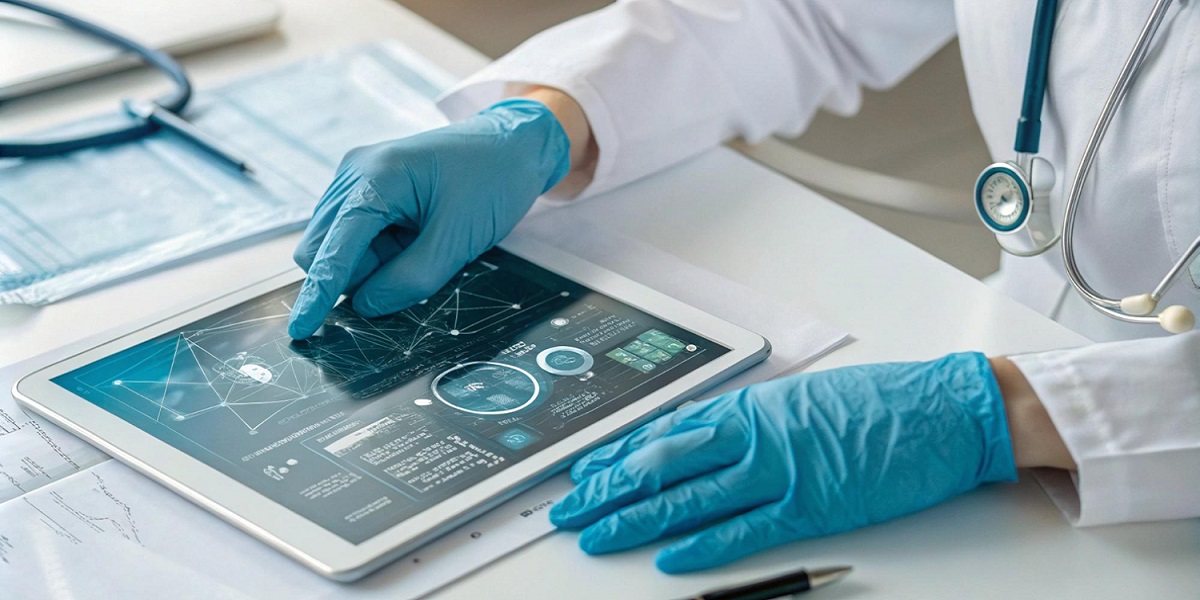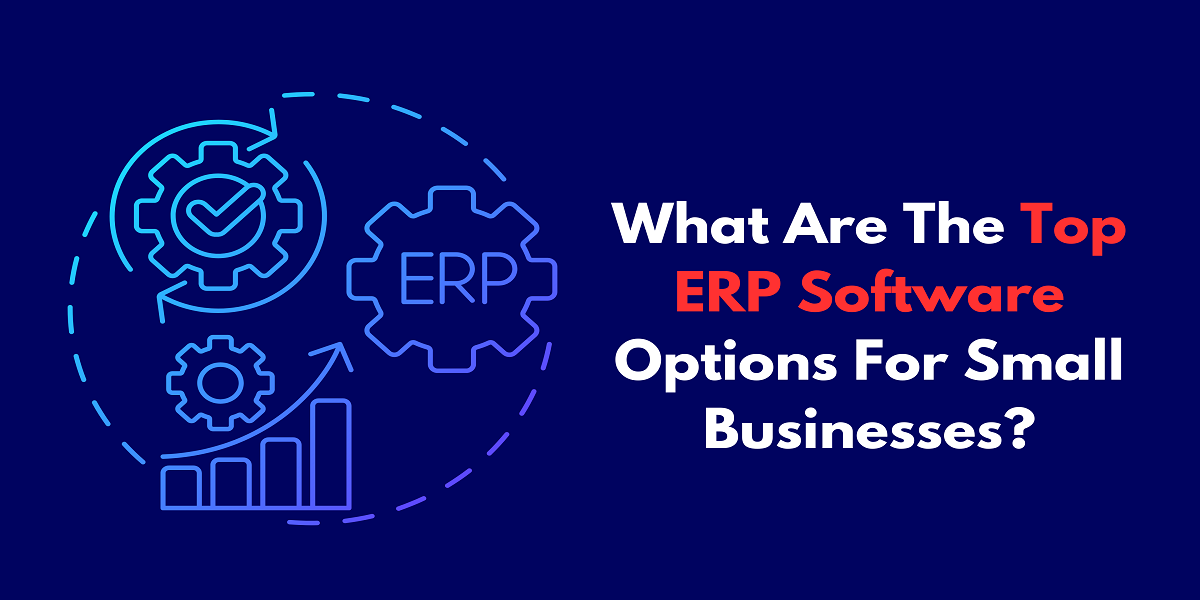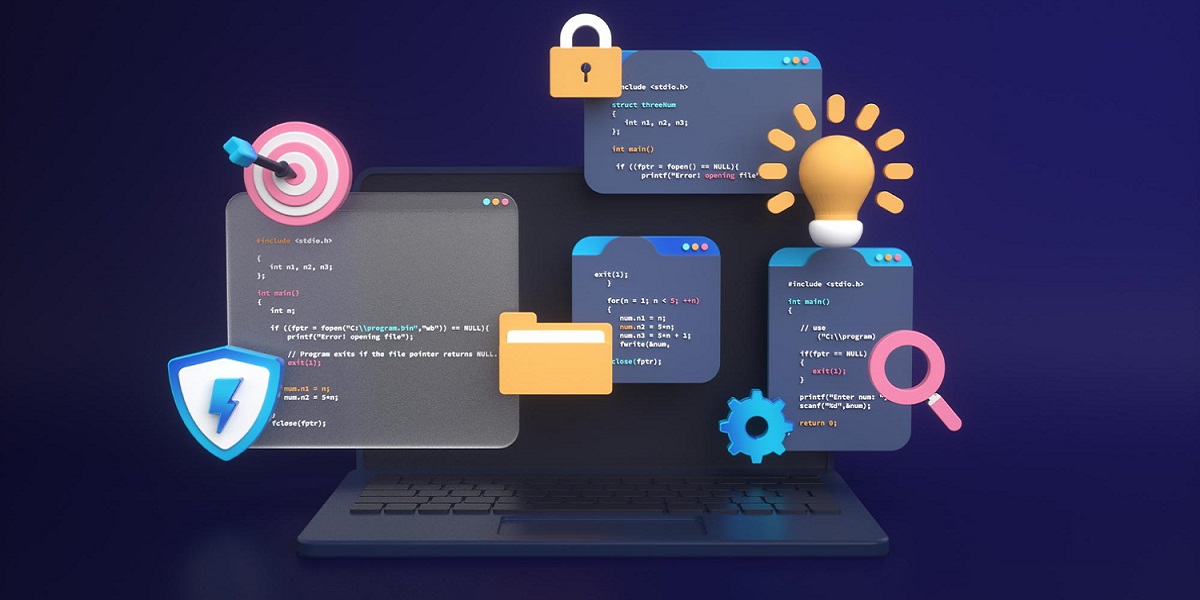Making EHR Software in 2025: Development Guide and Important Features

In these times, EHR software is very important to healthcare personnel. This means managing patient data even more easily but at the same time improves the quality of care. The reader, however, has been brought up to speed by the guide with what it considers a very basic knowledge of EHR software development in 2025—along with primary ingredients, common challenges, and a complete way of creating your EHR solution.
Knowing the Ins and Outs of EHR and EMR Systems
Before actually getting into how to develop them, let me explain what the acronyms EHR and EMR really are. To put it most simply, an EMR would be the electronic version of the patient's paper chart, normally used by physicians for diagnosis and treatment. In contrast, the EHR represents more of a holistic record encompassing patient history, treatments, medications, and even billing information.
Imagine a patient seeing several different doctors: an EHR allows all of them to access the same up-to-date information, which can prevent the repeating of tests and omission of crucial health details.

Common Challenges in EMR/EHR Development
Developing EHR software is not that simple. Here are some common challenges one might expect:
- Data integration: It is difficult to integrate all the data of the patients from different systems. Each health facility might use different software, which can cause problems with compatibility.
- Regulatory compliance: EHR systems must adhere to rules like HIPAA in the United States. It is challenging when new developers have to handle such laws.
- User adoption: Generally speaking, physicians don't like to change. If the EHR system isn't intuitive, it will cause much less user productivity because it results in aggravation.
Now, a small clinic that wants to switch to an EHR system, import historical data, comply with regulations, and train staff on the new software might face challenges they face.
Key Features to Incorporate in EHR Solutions
The integration of the required features in the software is the lifeblood, making it highly user-friendly, usable, and satisfactory. Here are some of the key features:

User-Friendly interface
The software should also have a user-friendly interface; every EHR system needs to be configured this way. Most medical professionals do not like wasting time learning but are soon to benefit from the software and use it fast and effectively.
Simple changes, such as customizable dashboards, good fonts, and logical paths of navigation, would go a long way toward bettering the user experience.
Therefore, for example, a doctor would, with a few clicks, find patient history, laboratory results, treatment plans, and answers to many other items that consume his time or energy toward patient care effect instead of the software to be used.
Interoperability
A good EHR system should be able to work well with other systems. Your EHR should seamlessly interface with other healthcare systems and devices, including EMR integration for a unified patient record across all platforms, as well as laboratory information systems, radiology systems, and pharmacy networks.
Real-time integration is the type that has a seamless flow of patient data and easy movement of patients across systems such that it optimizes coordination in the practice of care.
For example, when a patient goes to see a specialist regarding his or her medical condition, that specialist must have direct access to the patient's detailed medical records, including those of previous treatments and all relevant documentation, such as laboratory results and diagnostic imaging studies. This creates a much better standard of care for the patient while simultaneously reducing the chance of redundant or unnecessary testing or examination, thus wasting both time and resources in the healthcare system.
Data security
Health data is very personal, and because of that, strong measures are needed to protect patient-related information. This would include data encryption at rest and in transit, strong access controls, and regular security audits to find vulnerabilities.
Such features may include two-factor authentication together with role-based access control, which is very important for granting access to sensitive and confidential information to only those fully authorized. An example is a health provider who requires access to a patient record; he should only be allowed to view information related to his exclusive role as the access is not only good practice but also adheres to very important regulations like HIPAA dictating the protection of sensitive health information.
Customizable templates
Enabling healthcare providers to build and edit their own templates according to various medical specials will be a broad way of efficient clinical practice, as it would further personalize the system to more specific needs and requirements.
Customizable templates can bring a sea change for the medical provider using them, making such documentation processes much easier and more effective in retrieving specific, vital information without undue burden due to massive data input.
The information fields would be different for a pediatrician, who treats infants, children, and adolescents, than for a cardiologist, whose practice focuses primarily on diagnosis and treatment of conditions relating to the heart. This flexibility or adaptability and customization of these detailed templates become very important so that different kinds of medical professionals can chart everything required accurately and properly.
Moreover, specialty-specific templates could reduce errors and improve the quality of documentation, which is vital for patient safety.
Mobile accessibility
It will take very little time before the EHR system is accessed for fast retrieval of health records worldwide, as health care has always been a very sharpened-directed sector.
Besides these features, healthcare providers will still have great access to records, can schedule appointments, and can add notes for important information. All of this is available through their mobile phones, which helps meet the quick and effective service needed by patients.
These all places to visit ensure that the services reach their patients at the office or hospital site or even along the street.
The most mobile-responsive EHR system contributes to productivity—that is, effective services delivered as if there were an office, a hospital, or anywhere in between.
With the mobile-friendly EHR system, productivity will likely increase, and better patient outcomes will be a result because of the communication among the care team.
Think about the patient's journey
That is, towns could possess a hospital like this, where E.H.R.'s would do all the above-mentioned things. So, the individual does not have to know what all the other things are, he just needs to know this. Direct access to health history would be gained by checking up on the patient. He would be able to reach a specialist that way and would be able to schedule an appointment through telehealth amenities.
Health providers, for example, will be able to record in one of the templates that can be tailored for any specialty an event that occurs between the provider and patient more seamlessly.
Such measures will include effective and holistic data confidentiality and security infrastructures such that all sensitive information concerning patient confidentiality will be secured at all levels of the process.
With these kinds of features included in EHR solutions, a comprehensive solution is possible that will not only be holistic about an end-to-end solution but also user-friendly and efficient regarding improving workflows in healthcare and patients' quality of care and outcomes.
Step-by-Step Development of EHR
Creating an EHR system consumes key development processes to provide a good user experience and a product that effectively meets user needs. You can see a detailed explanation of each step below:
Research and planning
Conduct in-depth research into the EHR landscape. Critically evaluate the current competing products based on their features, prices, and real-world performances. Find gaps and pain areas for the customers, including issues such as integration challenges with telehealth or a complex UI. These lessons would inform the feature differences that would be built into the EHR system. They would have identified the potential key audiences: small clinics, large hospitals, and even specialty practices for particular domains such as mental health. This is the crucial point where you adapt your strategies concerning the segmented needs and preferences of each segment for the target audience; it really matters for success. Such a proactive approach at an early stage would certainly differentiate your value proposition in the market.
Conduct a thorough investigation into the EHR landscape and critically analyze the existing competing products based on features, pricing, and real-world performance. Identify gaps and customers' pain points like issues in telehealth integration, complicated user interfaces, etc. It is likely that these points would be feedback for the features that would be developed differentially for your EHR system. Then it has been defined as small clinics, large hospitals, and those specialty practices in specific fields such as mental health providers- such potential key audiences. It's a critical phase for adapting your strategies against the segmented needs and preferences of every segment within the target audience it truly matters for success. Proactively dealing with telehealth issues at the early stages could indeed be a differentiator in the market.
Define requirements
Work with practitioners and other groups in the health field to hear firsthand the client's end-user stories.
Elicit functional requirements—ask providers about what they want in the way of patient scheduling, integration with billing, or customizable note templates.
A security and compliance part with respect to the regulations in the U.S., such as HIPA, also helps to integrate the needs so that there is full alignment legally and operationally.
Choose the right technology
To choose multiple technologies, such as a comprehensive, elastic, and strong technological foundation, which are also open to integration and cross-coupling with other products. The very primary consideration would be to ensure that no matter how critical operations increase, the system should not come down and should be able to scale with increasing volumes of data or increase in users-at-the-same-instance activities or both.
Such protocols will cover the maximum use of encryption as a measure of all necessary security measures in protecting information related to patients. The organization would also recommend conducting regular, thorough security audits on a value basis-all information protection.
Prototype development
Having determined requirements and chosen technologies, a prototype design is made, emphasizing core functionalities. The early trial allows the users to give feedback on the key functionalities, which is useful in the refinement of the design. Once prototype tests demonstrate a patient scheduling tool, get feedback from the users about the intuitiveness of the tool and refine the usability into something pleasant.
Testing and validation
Perform comprehensive tests for establishing the actualization of the EHR for standards of functionality, as well as usability.
Functional testing should be the first to confirm the operation of different features, followed very closely by usability testing between healthcare professionals within simulated settings.
Collect exhaustive feedback from users so as to take care of and improve in the area of possible frustrations from the interface. Make designs uncluttered to the user-complex designs overwhelm.
Launch and support
Develop a thorough strategy for a phased rollout, which will begin with a beta introduction to selected clinics. The aim of this phase is to refine the system further for real-life experience and feedback about its operations. Launch strong customer support to address user problems and satisfaction after the roll-out.
This completes implementation efforts with regular updates and training to fulfill the ever-changing compliance requirements and user needs.
Analyzing the Costs of EHR Software Development
The cost of developing an EHR system relies on factors like the following:
Complexity: Basic systems start at about $100,000, while more complicated solutions may reach upwards of $500,000.
Development team: While the cost of employing experienced and talented developers shoots through the roof, outsourcing definitely cuts the cost, but with its trade-offs.
Maintenance and updates: These should also be taken into account, as they will be part of the long-term costs of keeping the system safe and compliant.
As a case in point, a clinic of moderate size would spend about $300,000 on an EHR having the features of telehealth interoperability and an amount that will also be incurred on updates and support.
Conclusion
When planning and understanding the user's needs at the highest possible level, however, rules will be essential to develop successful EHR software in 2025.
The building of trust is important, but usability must be made the most effective with respect to these critical issues, such as interoperability, data security, and adoption by users.
Intuitive interface, customized template, and telehealth access are also out of many must haves for such wide needs of healthcare. The aim is to seek efficiencies with technology that will increase access to care. Streamlined workflow, increased communication, and well-directed providers to care for patients will operate through a robustly designed EHR.
By engaging healthcare professionals in system-design and then continuous enhancement of the same system, one would get a truly patient-centered approach that positively alters healthcare.
Hyperlink InfoSystem - Most Trusted End-to-End development Solution Provider.
Write For Us





